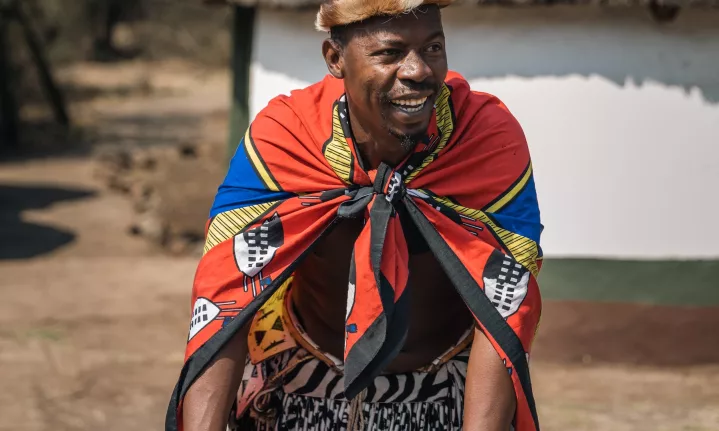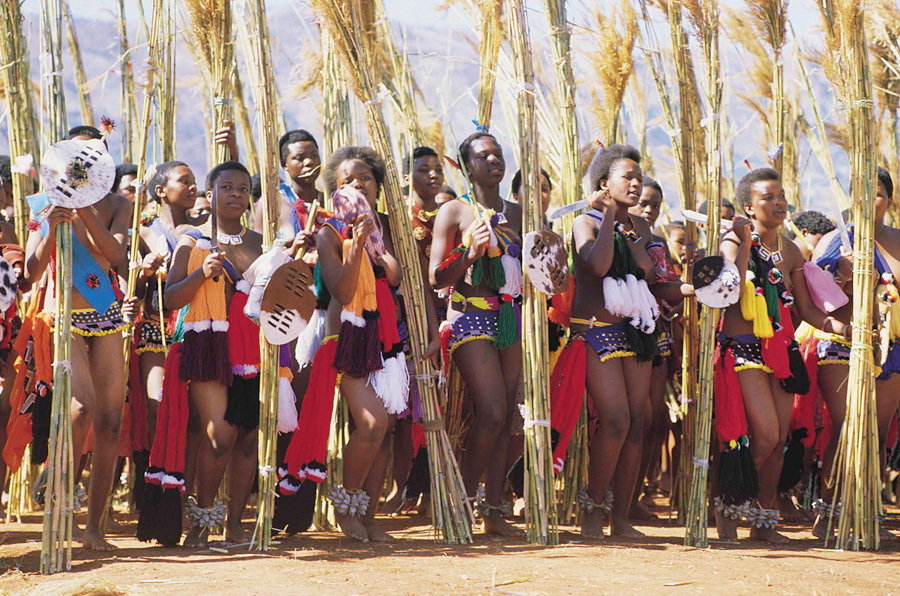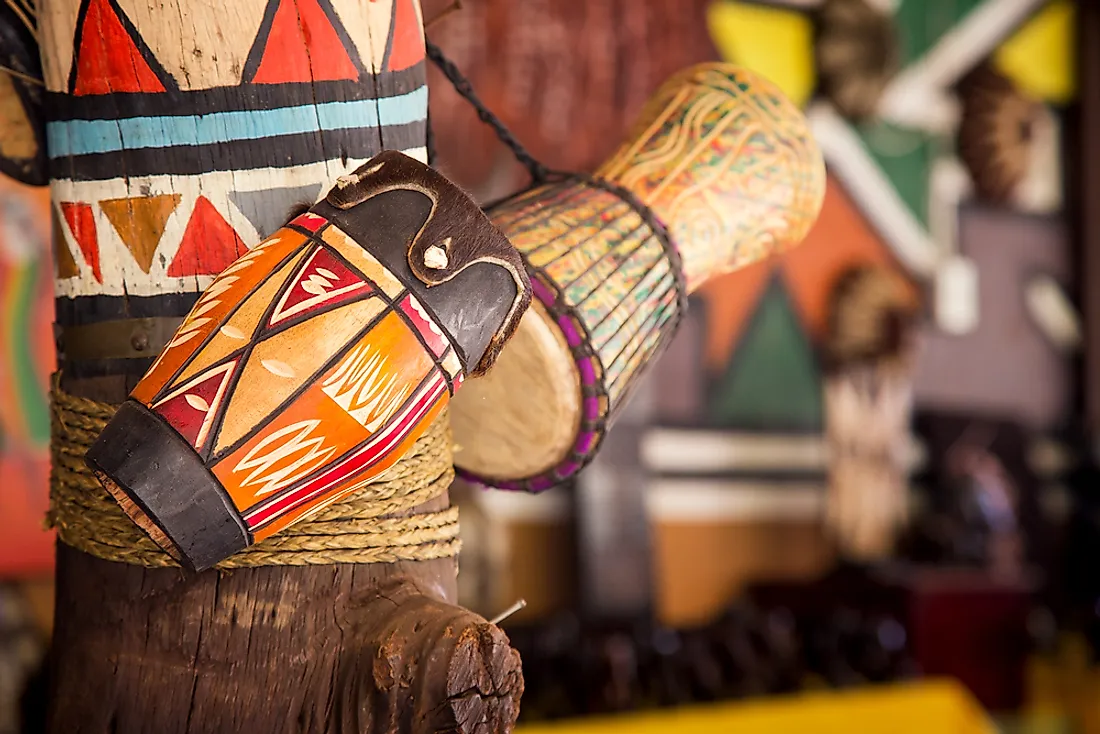The Definitive Guide for South African Culture Today
The Definitive Guide for South African Culture Today
Blog Article
Fascination About South African Culture Today
Table of ContentsGetting The South African Culture Today To WorkMore About South African Culture TodaySouth African Culture Today - TruthsSouth African Culture Today Can Be Fun For EveryoneThe 6-Minute Rule for South African Culture TodayLittle Known Questions About South African Culture Today.
A matter of importance in Zambian towns is the passing away of enjoyed ones. All participants of the village put cash, time and initiative together for the burial of the deceased.During the grieving duration; guys stay outside your house and the females remain inside your home of the deceased. After discussing the dead, the town walks to the place of funeral to state their last farewells. Music and dance is a really important element of the Zambian society. The numerous tribal systems have their own dance kinds; nevertheless, makishi is typical among all people.
Not known Incorrect Statements About South African Culture Today
When it involves music, drums are utilized one of the most, with a variety of drumming events. In Zambia, bulk of the people are Christian; Protestant and Roman Catholic. There are tiny groups of Muslims and Hindus, with the rest adhering to local native tribal beliefs.

South African heritage and society is profoundly varied, and includes various teams of people that each have their very own traditions and beliefs. Having such a variety of individuals and cultures is what makes South Africa so distinct. In truth sense of the expression, we are a rainbow country.
Making it the 7th on the checklist of countries with the most Portuguese individuals in it outside of Portugal. Portuguese is not just a culture, yet it is also a language and a race. Portuguese people originate from the nation of Portugal in Europe, however, due to Portugal (like lots of other countries in Europe) discovering the world and dominating various other countries during the 15th 20th centuries, South Africa has what we call Portuguese South African's living in it.
The Facts About South African Culture Today Uncovered
Among the prominent functions of the topography is a plateau that covers nearly 2 thirds of the facility of the nation. The plateau complicated increases towards the southeast, where it culminates in the Drakensberg array, part of a cliff that divides the plateau from the seaside areas. The Drakensburg consists of Champagne Castle, the highest top in the country.
The region north of the Witwatersrand, called the bushveld, slopes downward from east to west toward the Limpopo River, which forms the international border. The western area of the plateau, the middleveld, additionally comes down in the direction of the west and differs in altitude between the highveld and bushveld. Between the Drakensburg and the eastern and southern coastline, the land comes down to the sea.
Nearer the shore there is a low-lying level called the eastern lowveld. Southwest of the plateau the nation ends up being considerably extra dry, paving the way to the hostile desert of the Great Karroo, verged on the east by the lower, much better sprinkled plateau of the Little Karroo. Dividing the dry southern inside from the sandy coastal of the southern coast and West Cape is another array, the Langeberg.
Fascination About South African Culture Today
The country's racially, ethnically, and politically divided background has generated nationwide and subnational icons that still function as signs of the country, and others signs that are approved just by specific groups. The monoliths to white settler conquest and political dominance, such as the Afrikaner Voortrekker ("pioneer") Monolith in Pretoria and the Rhodes Monument recognizing the British colonial empire building contractor and Cape prime priest Cecil Rhodes, continue to be sectarian symbols.
The initial modern occupants were the San ("bushman") hunter-gatherers and the Khoi ("Hottentot") peoples, who rounded up livestock (South African culture today). The San may have been existing for thousands of years and left proof of their visibility in hundreds of ancient cavern paints ("rock art"). Bantu-speaking clans that were the ancestors of the Nguni (today's amaZulu, amaXhosa, amaSwazi, and vaTsonga individuals) and Tswana-Sotho language teams (today's Batswana and Southern and Northern Basotho) migrated down from eastern Africa as very early as the fifteenth century

Both previous republics of the Orange Free State and Transvaal (South African Republic) were developed by Afrikaner inhabitants that beat and dispossessed the Basotho and Batswana. Lesotho would certainly have been forcibly integrated into the Orange Free State without the extension of British protection in 1869. The ultimate marriage of the nation arised from the South African Battle (18991902) between the British and both Afrikaner republics, which decreased the country to ruin at the beginning of the twentieth century.
Afrikaners traditionally considered themselves the just real South Africans and, while giving full citizenship to all locals of European descent, denied that standing to individuals of shade up until the democratic transition of 1994. British South Africans keep a sense of cultural and social connection to Great Britain without weakening their identification as South Africans.
The Greatest Guide To South African Culture Today
The variety find out and fragmentation within my sources ethnic groupings and the equilibrium of tensions in between those groups throughout the twentieth century avoided interethnic civil problem. While intergroup tensions over sources, entitlements, and political prominence stay, those disputes are as most likely to pit Zulu versus Zulu as Zulu against Xhosa or African versus Afrikaner.
From colonial India, British sellers and administrators brought the bent metal decorative roofs and slim shoelace work columns that still epitomize the outdoor patios of cottages in communities and cities throughout the country. Homes of prayer contribute a crucial building aspect even in the tiniest towns. In addition to the skyrocketing steeples and classic stonework of Afrikaans Dutch Reformed churches, Anglican churches, synagogues, mosques, and Hindu shrines give variety to the religious building scene.

Butchering and the developing of traditional grain beer are essential in securing the participation and a good reputation of the forefathers that are taken into consideration the guardians of good luck, success, and wellness. Indian neighborhoods preserve their native culinary practices and use them on Islamic and Hindu routine and ceremonial occasions. Afrikaners and Coloured people collect at weekend breaks and special events at multifamily barbeques called braais, where neighborhood bonds are enhanced.
Since this was the primary financial enterprise of both black Africans and white colonists, dispute in between those groups fixated the belongings of grazing land and livestock. In 1867, the biggest diamond deposits on the planet were found at Kimberley in the west central location. The riches from those fields aided fund the exploitation of the greatest gold coral reef in additional info the globe, which was discovered on the Witwatersrand in 1886.
Some Known Facts About South African Culture Today.
This resulted in misconceptions and intentional misrepresentation in the ventures of white settlers and federal government officials with African chiefs throughout the colonial period (South African culture today). In the facility of African reserves, some elements of public and mainly "tribal trust fund" land tenure were protected, and also in white rural locations, forms of common period were still exercised in areas with African areas
After the autonomous makeover of 1994, programs for land restitution, redistribution, and reform were instituted, however progression has been sluggish. The white minority still manages eighty percent of the land. Following agricultural land invasions in Zimbabwe, the Division of Land Affairs has promised to speed up land redistribution.
Report this page